baby great horned owl predators
Bad news all around. One study suggests that great horned owls feed on 94 different prey items.

The Great Horned Owl Greatest Adirondack Predator The Adirondack Almanack
Great Horned Owls begin nesting very.

. Aggressive and powerful in its hunting sometimes known by nicknames such as tiger owl it takes prey as varied as rabbits hawks snakes and even skunks and will even attack porcupines often with fatal results for both prey and predator. Tempe Police Park Officer Brian Ornelas came to rescue after a baby great horned owl fell out of its nest near the Papago Preserve. Owl predators often focus on the young.
Cat domestic Usually only 1 or 2 baby poultry devoured usually by tomcats with evidence of wings and legs left only. The owls will eat squirrels rabbits mice skunks pocket gophers voles snakes house cats bats beetles frogs toads grasshoppers ducks grouse pheasants and even other owls. Baby Great Horned owls weigh around 35g 12oz at birth.
The baby will be raised by another Great Horned Owl a foster parent that will feed it teach it to avoid humans and predators how to communicate and hunt. As we can see baby Great Horned owls grow astonishingly quickly in their first. Great horned owls inhabiting Florida typically nest amidst bushy spots or even tall grasses.
The baby will not imprint on people and as long as it grows up to be a healthy bird it will be released into the wild when it is mature enough. It is at the top of the food web. A Barred owl feeding their young.
Baby owls eat whatever their parents feed them. T he great horned owl appears to possess quite many physical and behavioral adaptations for survival. Great Horned Owls are fierce predators that can take large prey including raptors such as Ospreys Peregrine Falcons Prairie Falcons and other owls.
We check the trail cam footage and to our great shock see a GREAT HORNED OWL perching on top of the trap at 230am. The great horned owls nest mostly sits 45 to 22 meters 15 to 72 feet off the ground. They also eat much smaller items such as rodents frogs and scorpions.
Theyll tear food into small chunks that the owlets can swallow whole. It wont be wrong to say that great horned owls are probably the most adaptable owl species in the world. It is the baby owls that are more prone to such hunting of predators.
By 25 to 30 days the young owls weigh around 800g males to 1000g females. This is approximately 75 of their full adult weight of around 14kg. If an area has more owls then it.
This happens mainly due to the food. This morning we go out and find one bait chicken gone the other trap triggered but the bait still inside. These owls also feed on hawks crows waterfowl and other birds including smaller owls.
Baby owls or owlets as they are called can fall prey to any nest foraging predators such as weasels prowling cats big and small skunks and raccoons to name a few. A Great Horned Owl sits on its nest in a live oak tree surrounded by ivy. While their day-to-day feeding behavior is largely dependent on what prey is readily available and what their local competition will tolerate they mostly eat mammals and birds.
The female mainly feeds the baby Great Horned owls while the male hunts prey for both. Especially in North America there is a range of natural predators that hunt and kill raccoons for various reasons. More so a few researchers have witnessed female hoot owl laying eggs in a coyotes dens although these mammals are the predators of owls eggs.
Eggs and owlets alike are a tasty treat for a variety of animals that eat eggs and nestlings such as opossums foxes and even crows. Most up to 90 percent of a great horned owls diet is mice voles squirrels and other small mammals. The Great Horned Owl is very common.
Great Horned Owls are fierce predators that hunt a diverse assortment of prey. Owls are very territorial birds. To keep the little guy away from predators Ornelas put the owl.
The Great Horned Owl may line its nest with bark pieces leaves or feathers plucked from its breast or even from feathers of prey but sometimes it just uses the nest the way it was found. Unauthorized use is prohibited. The females tend to weigh slightly more than the males.
Great Horned Owl mainly. A much more comprehensive range of predators is seen for the baby owls. At some point the owl jumps up and perched on.
They are generally nocturnal hunters but will also hunt in broad daylight. They mostly hunted mammals 66 then birds 309 insects 2 and fish 2. Said to be minor problem with chickens on the West Coast.
Sometimes even the same species attack the baby owls. They have adaptations that make hunting for food easy. Set 2 traps using 2 dead chicks and hope for the best.
Usually takes head off only on grown. The Great Horned Owl has no major predators. Crows and raccoons may steal owl eggs and nestlings.
Like other owls these birds sometimes swallow their prey whole and later. The all-feathered body diverse calls acute hearing sense sharp eyesight and. Animal predators primarily kill baby raccoons or weak adults.
Owls like snowy owls and great horned owls will attack other owls. The main predators of the great horned owls are large cats such as lynx or cougars as well as humans because they find them very easy prey. Apart from humans the most important raccoon predators are the great horned owl coopers hawk red-tailed hawk northern harrier coyote wolf and copperhead snake.
The main predators of the great horned owls are large cats such as lynx or cougars as well as humans because they find them very easy prey. Great horned owls eat a wide variety of preyfrom small rodents to skunks and geese. When clenched a Great Horned Owls strong talons require a force of 28 pounds to open.
Usually attack ranged turkeys. One study suggests that great horned owls feed on 94 different prey items. The great horned is North Americas most common owl and lives in deserts.
Throughout the nesting period the owls may arrive at the nest site with meals of small- to medium-sized mammals reptiles fish and birds of. While the cryptic coloration allows owls to camouflage. The great horned owl is a nocturnal creature that uses the darkness of night to avoid predators and hunt for food.
Larger owls eat primarily mammals reptiles birds and fish whereas small owls are more likely to prey on insects arthropods and small rodents. While they do not usually build nests the female owl will. The young owls leave the nest in six to nine weeks.

Devoted Mother Great Horned Owl Cuddles And Grooms Her Baby Youtube

Meet The Great Horned Owl Sacramento Audubon Society
Rule Breaker Late Season Nesting The Drummer And The Wright County Journal Press

Get To Know The Great Horned Owl

Meet The Great Horned Owl Sacramento Audubon Society
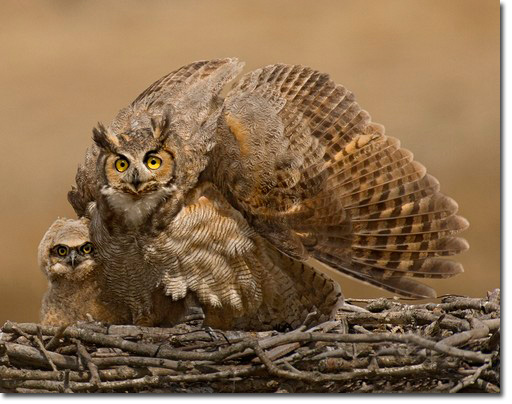
Great Horned Owl Predators What Eats A Great Horned Owl Great Horned Owl

Get To Know The Great Horned Owl
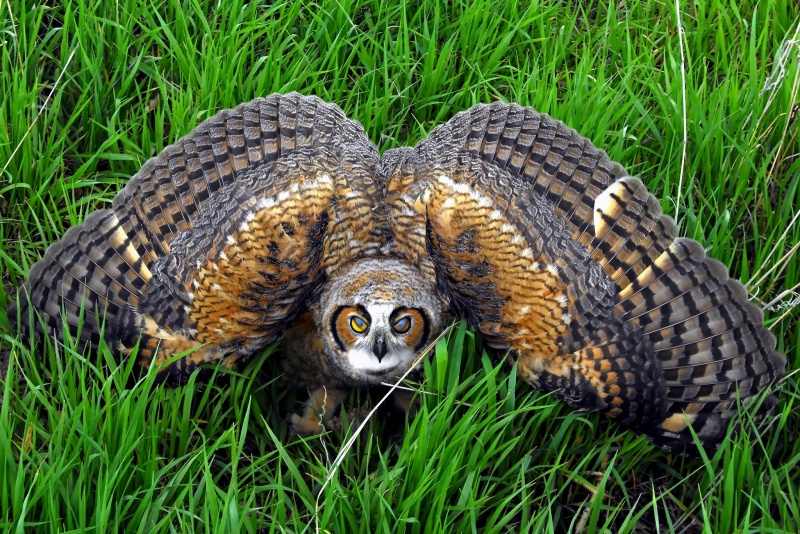
Dealing With Injured Or Orphaned Owls The Owl Pages

Baby Great Horned Owl Great Horned Owl Baby Facts Great Horned Owl

The Great Horned Owl Greatest Adirondack Predator The Adirondack Almanack

Great Horned Owl Nest Interesting Facts Information Great Horned Owl
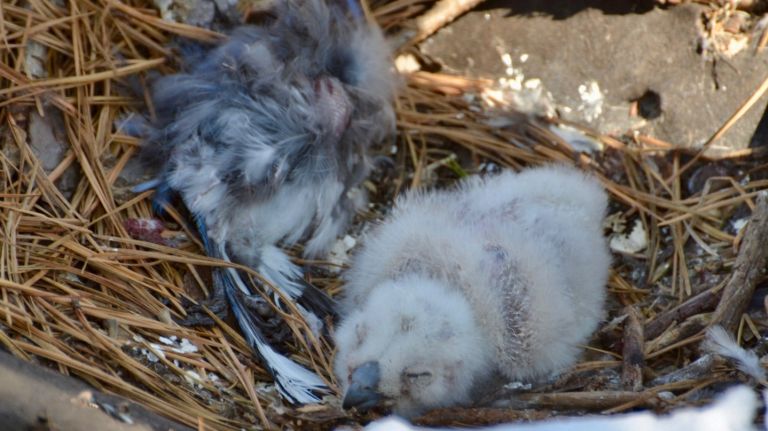
Baby Great Horned Owl Great Horned Owl Baby Facts Great Horned Owl

Photo Fierce And Fluffy The Spokesman Review
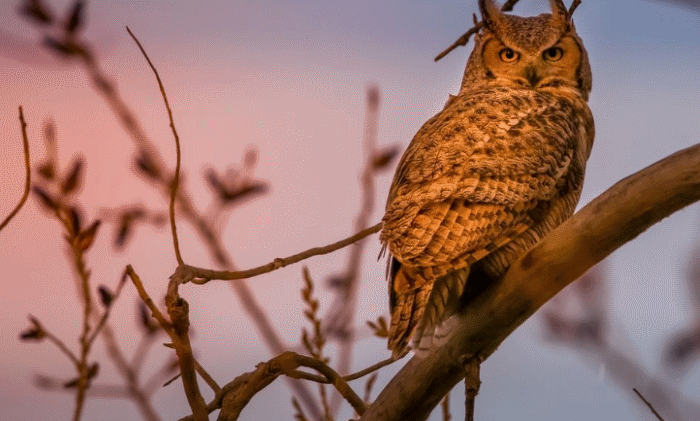
What Do Great Horned Owls Eat Great Horned Owl Diet And Eating Habits Great Horned Owl
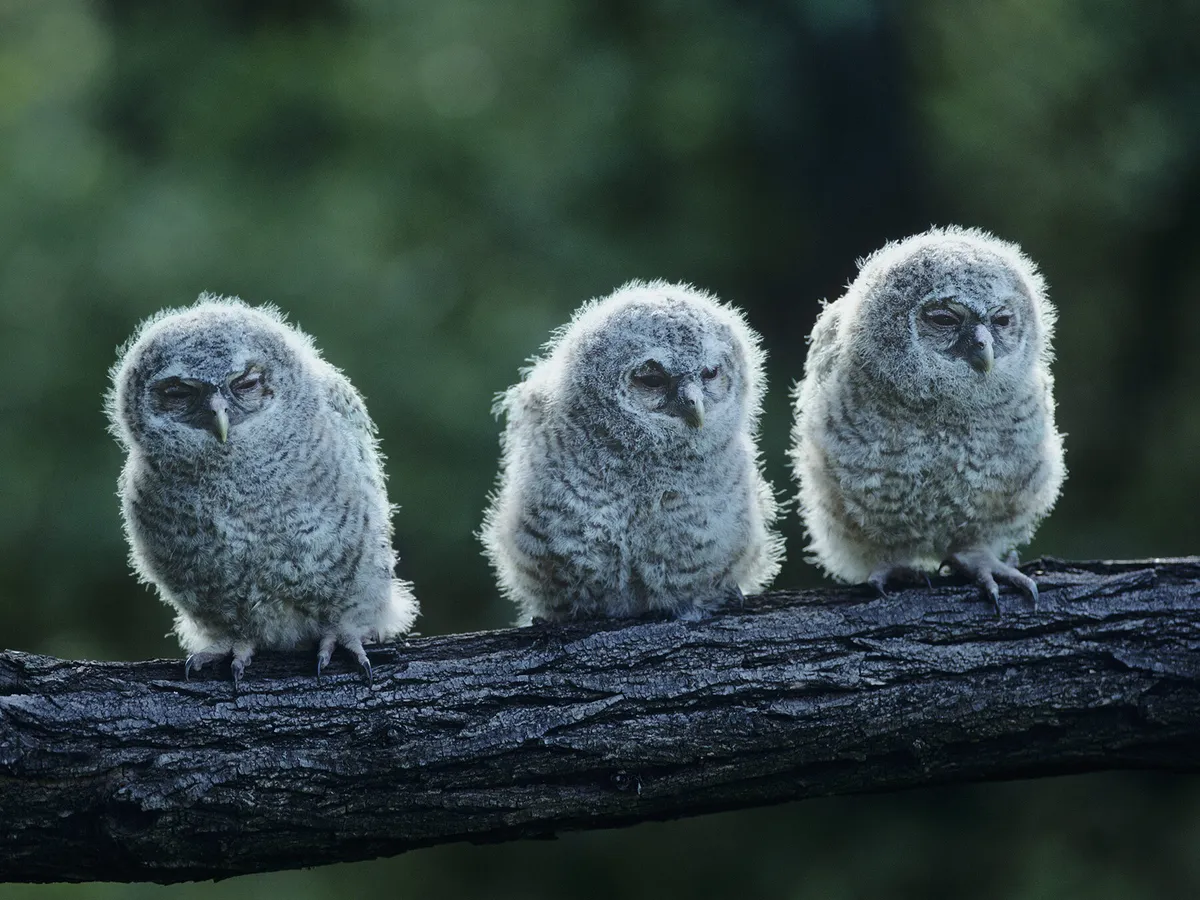
Baby Owls All You Need To Know With Pictures Bird Fact

Barred Owl Life History All About Birds Cornell Lab Of Ornithology

Hinterland Who S Who Great Horned Owl

The Great Horned Owl Greatest Adirondack Predator The Adirondack Almanack
